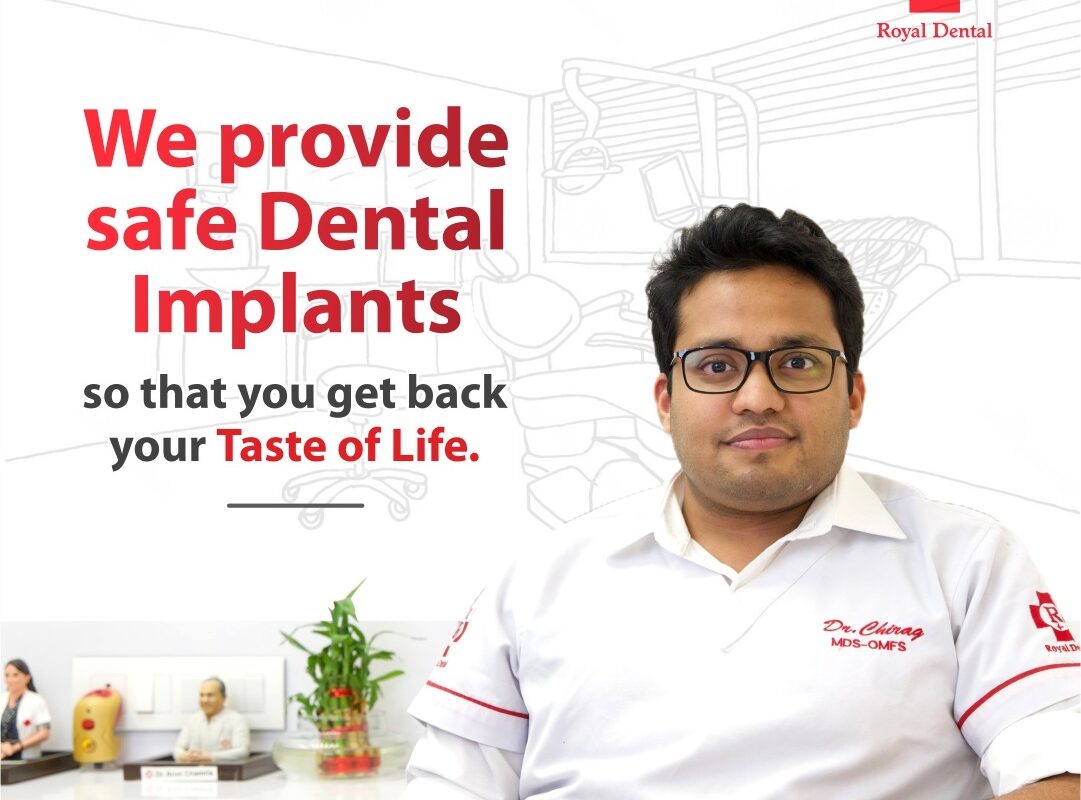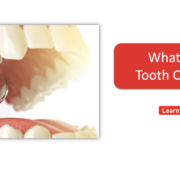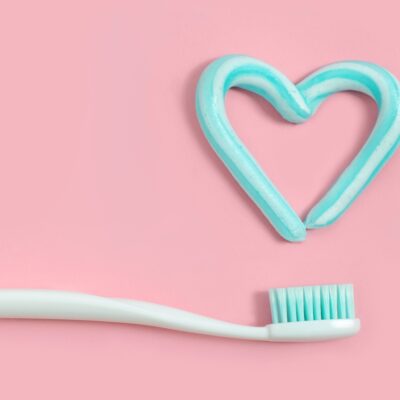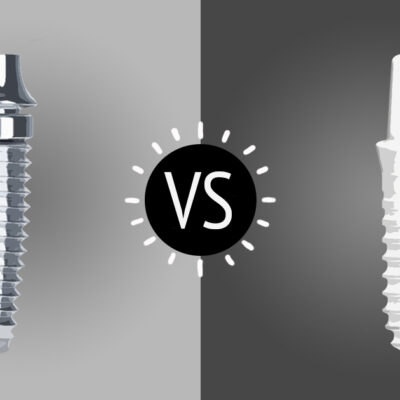Dental treatment can be painful, but not always. With the right preparation, local anesthetic, and aftercare procedures, many people find that dental work isn’t as painful as they thought it would be. But what exactly makes dental treatment painful? There are several factors that make dental treatment painful for patients. There are a number of reasons why dentistry is usually uncomfortable for patients. Dentist usually treat teeth, jaw and gums.
The sensitive nature of your gums, teeth and jawbone means they’re not designed to withstand invasive procedures like drilling and removing decay. This is also true of your lips and tongue—all these areas are soft and sensitive because they’re almost exclusively used when eating and speaking. It’s this same sensitivity that makes general anesthetic necessary when operating on someone’s gums or jawbone; without it the patient would feel excruciating pain from the slightest touch with a drill or needle. Here are some basic explanations of why dental treatment is often so painful for patients!

Your gums, teeth and jaw are sensitive.
The gums, teeth and jawbone are highly sensitive areas of your body. This means that even the slightest touch can hurt a lot. Dental treatment is often described as “discomfort” or “pain” because people want to avoid saying that the treatment is actually very painful. However, this doesn’t change the fact that the pain you feel is real and intense. The sensitivity of your gums, teeth and jaw is a result of how you use these parts of your body.
The gums, teeth, and jaw are almost entirely involved with eating and speaking. They are not designed or used to withstand the pressure and force that occurs during dental treatment. Therefore, dental treatment tends to cause these areas to be very sensitive and painful.
Local anesthetic has limited effectiveness.
When you go to the dentist, they’ll likely use local anesthetic to numb your gums and reduce your pain. Unfortunately, the effectiveness of local anesthetic is limited. This means that although it reduces your pain, it doesn’t eliminate it altogether. The way your body reacts to local anesthetic is different for each person.
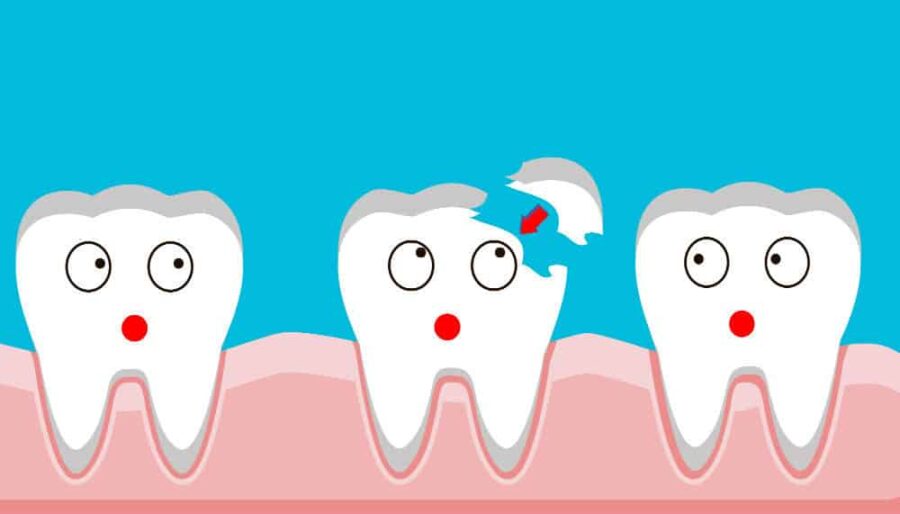

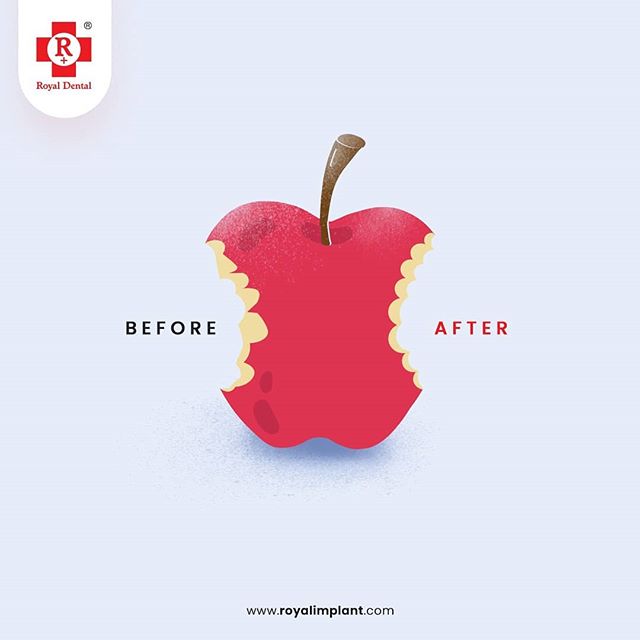
Furthermore, the effectiveness of the anesthetic also depends on the way in which the dentist gives it to you. Your dentist will likely administer the anesthetic a number of different ways. They may give you a shot directly in your gums, apply a cream to your gums, use a rubber block, or put a paste on your teeth. Each of these methods will have a different effect on your pain levels.
Dental tools are very precise and create small injuries.
The tools and instruments used in dental practice are very precise. They’re designed to be used precisely and accurately to remove dental plaque, decay, and other substances from teeth. The precision of the instruments means that the patient is likely to feel pain as a result of the procedure. You’re very likely to feel pain as a result of the dentist’s instruments. If the dentist is removing dental plaque, the instruments will be creating very small injuries to your gums as they scrape away the plaque.
Dentists use a number of different instruments during dental treatment. These instruments may include a dental scaler, dental probe, dental pick, dental curette, dental floss, or dental explorer. Each of these instruments is designed to remove dental plaque, decay, and other substances from teeth.
You’re required to hold your mouth in a very specific position.
When you go to the dentist, they may instruct you to hold your mouth in a specific position. There are a number of reasons why dentists ask patients to hold their mouth in a specific position, including:
Providing better access to the patient’s mouth – This is especially true in situations where the patient has a large amount of dental plaque, gum disease, or other dental issues.
Avoiding unnecessary pain and injury to the patient’s gums – This is true of situations where the dentist is removing large amounts of dental plaque from the patient’s teeth.
Ensuring the dentist can easily and accurately treat the patient – This is especially true in situations where the dentist is performing a very precise dental procedure.


Conclusion
Dental treatment can be painful, but it doesn’t have to be. There are a number of factors that make dental treatment painful for patients. Fortunately, many of these factors can be addressed and reduced. By preparing for dental treatment properly and choosing the right dental practice, you can reduce the amount of pain you experience during your dental visits.

